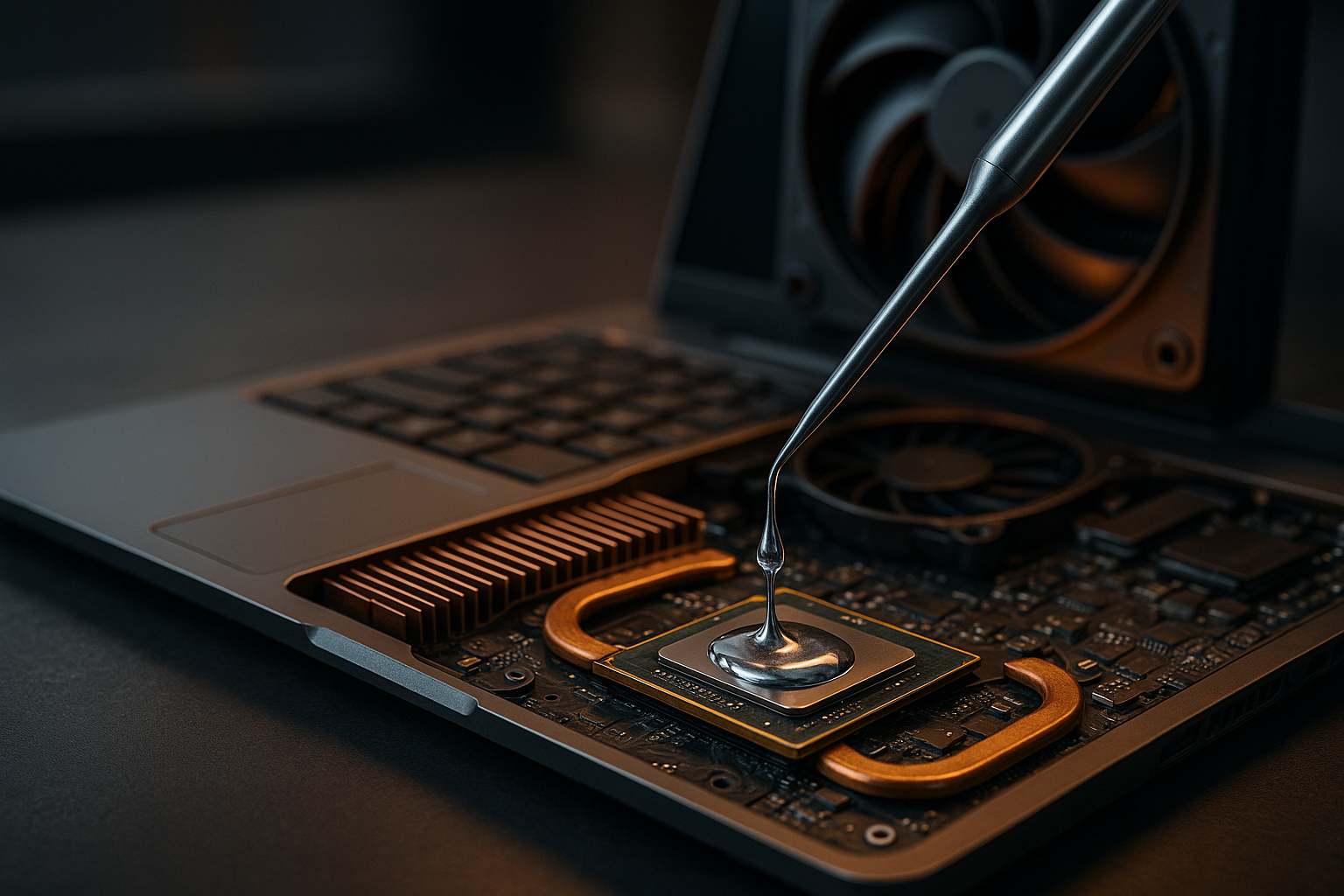Sustainable Options for Old Components and Accessories
Old computer parts and accessories can extend their useful life through repair, upgrades, or responsible resale instead of ending up as e-waste. This article outlines practical steps—from basic troubleshooting and diagnostics to refurbishment, firmware updates, and proper disposal—that help individuals and small businesses choose sustainable options for aging hardware.

Old computer components and accessories often retain value beyond their first life if handled thoughtfully. Rather than discarding a malfunctioning drive, fan, or peripheral, users can apply straightforward troubleshooting and diagnostics to assess whether repairs, calibration, or targeted upgrades will restore function. Making deliberate choices about maintenance, backups, and connectivity can keep equipment useful longer and reduce environmental impact.
Troubleshooting and diagnostics for reuse
Start with careful troubleshooting and diagnostics to determine a component’s condition. For storage devices, run SMART checks and surface scans; for GPUs and CPUs, stress tests and thermal monitoring reveal throttling or instability. Diagnostics can guide whether calibration of sensors or firmware updates are needed. Document test results and run diagnostics tools from trusted sources to avoid false positives. Effective troubleshooting narrows down whether an issue is software-related, a failing component, or a simple configuration or compatibility problem that’s inexpensive to resolve.
Repairs and refurbishment
Repairs can be a sustainable option when failures are localized, such as replacing capacitors, connectors, or fans. Refurbishment—cleaning, reseating components, replacing worn cables, and applying fresh thermal paste—often restores reliable performance. When considering repairs, balance the environmental benefit against resource use: repair consumables like solder and replacement parts should be sourced responsibly. Refurbished accessories can be resold or donated to extend lifecycle, and clear documentation of repairs helps buyers or recipients understand remaining maintenance needs and expected longevity.
Upgrades and compatibility considerations
Upgrades can extend relevance without full replacement. Adding RAM, swapping to an SSD, or upgrading a power supply may offer significant performance gains for older PCs. Check compatibility—socket types, BIOS/UEFI firmware versions, chipset limitations, and cooling headroom—before investing in upgrades. Some peripherals require driver updates or newer firmware to function as intended; verify that updated drivers exist for your operating system. Thoughtful upgrades prioritize modular parts that are easier to reuse or recycle later.
Peripherals, connectivity and calibration
Peripherals such as keyboards, mice, monitors, and external drives are often suitable for reuse with minor adjustments. Verify connectivity standards (USB-A, USB-C, DisplayPort, HDMI) and provide adapters when appropriate. For precision devices like audio interfaces, monitors used for color work, or measurement tools, calibration improves reliability and extends useful life. Calibration services or built-in routines ensure these accessories remain accurate and valuable for niche applications, reducing the need to purchase new gear.
Firmware, maintenance and backups
Keeping firmware current and performing routine maintenance are low-cost ways to improve stability and security. Firmware updates can address bugs, enhance compatibility, and sometimes improve power management. Regular maintenance tasks—cleaning dust from cooling paths, replacing thermal paste, and checking fan operation—help prevent overheating and prolong component life. Pair maintenance with a consistent backups strategy so data can be preserved if a drive is failing; migration to an SSD or cloning before repair reduces downtime and loss risk.
Cooling, longevity and disposal options
Thermal management affects both performance and lifespan. Improving cooling—upgrading fans, reconfiguring airflow, or using better thermal interfaces—reduces stress on components. For items beyond practical repair, prioritize refurbishment, responsible resale channels, or certified recycling programs that handle e-waste safely. Local services or community electronics reuse groups in your area can accept parts for refurbishment or proper recycling. Record any calibration and maintenance actions so downstream users know the item’s condition.
Conclusion Sustainable options for old components and accessories range from simple troubleshooting and diagnostics to targeted repairs, upgrades, calibration, and responsible end-of-life handling. By combining firmware maintenance, appropriate cooling, backups, and careful compatibility checks, users can extend hardware life, reduce waste, and preserve value. Thoughtful refurbishment and connectivity solutions help components serve new roles without unnecessary replacement.





